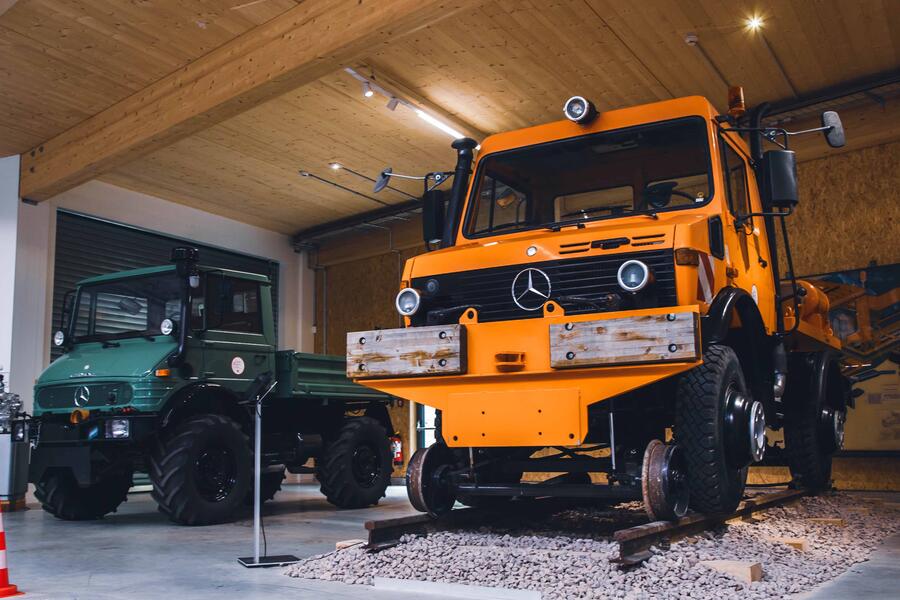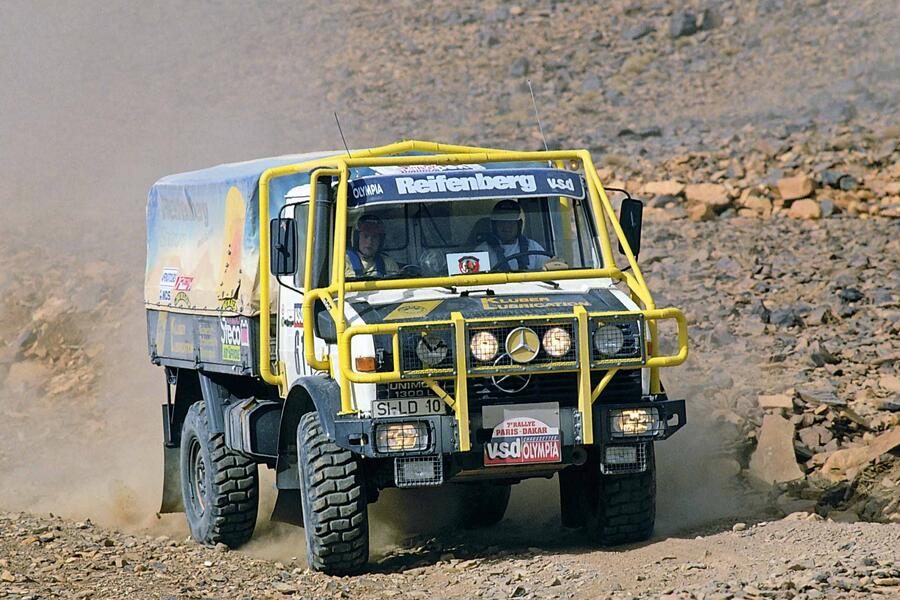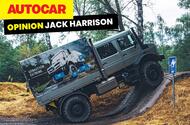Forget your G-Wagons and S-Classes, the most impressive vehicle Mercedes builds is the Unimog
Here’s one for you: what is the size of a small house, can get to almost anywhere on the planet and has been around since 1948?
The Universal-Motor-Gerät, better known as the Unimog, of course. The story of this do-anything behemoth starts against the exceptionally bleak backdrop of post-WW2 Germany, where former aircraft engineer Albert Friedrich set about designing a tractor.
He was worried Germany would be prevented from re-industrialising and would instead have to shift its focus to farming. It would need four-wheel drive and some power take-off (or PTO) points to drive farming implements, and it had to be wide enough to straddle two rows of potatoes.
In late 1945, Friedrich approached the US military, which controlled much of Germany at the time, to ask if he could build some prototypes. They allowed it, judging that the vehicle wouldn’t have any military purpose. Someone’s crystal ball wasn’t working that day.
Friedrich, along with automotive engineer-turned-farmhand Heinrich Rössler, had the first prototype running in 1947, and a year later the Unimog 70200 was revealed. With portal axles front and rear, generous load space and a 1.7-litre Mercedes diesel engine producing 25bhp, it was an instant hit.
Production started in 1949 – ironically with nearly 10% of all units produced going to the Swiss army and 600 were built.
From there, it kept developing. DaimlerBenz bought out the firm in 1950 and strived to expand. Although they kept developing the original series (by now called the 2010 and soon to be developed into the 401), they also launched the 404 in 1955 as an out-and-out off-road truck rather than an agricultural tool, with the chassis featuring a vertical dip that both stored a spare wheel without taking up cargo space and allowed more torsional flex great for keeping a wheel on the ground during serious off-roading.
This set the precedent for things to come. The pretty (it’s all relative with Unimogs) 406 and 421 followed, blending the off-road ability of the 404 with the agricultural usefulness of the earlier 401.
In 1975, the first of the heavy-duty series Unimogs was launched as the 425, with a nine-ton payload, gargantuan dimensions and superbly square styling all marking it out from the light- and medium-duty Unimogs, and it went anywhere you chose to point it. Today’s Unimog is developed from the 425 and visually is almost identical to its predecessor from 50 years ago.

If you had to sum up the Unimog in a word, it would be ‘versatile’. Need to put out a wildfire? Fit a massive water tank and a hose on the back and you’ll get to emergencies that no other fire engine will be able to reach. Have some farm machinery to operate? Plug it into the PTO and make your way to the fields much more quickly than a tractor could – a tractor can’t do 56mph like a ‘Mog. Got some heavy freight wagons you need to move around a train depot? Fit some railway-spec wheels and get to work.
See one in action and you won’t believe your eyes. The inclines it can ascend without falling over beggar belief, and something so large seemingly shouldn’t be able to move anywhere near as fast as a Unimog can.
Perhaps that explains the Unimog’s two Dakar Rally victories in the 1980s and the thriving Unimog rallying scene that continues to this day. What a Unimog can’t or won’t do probably isn’t worth doing.

Source: Autocar
